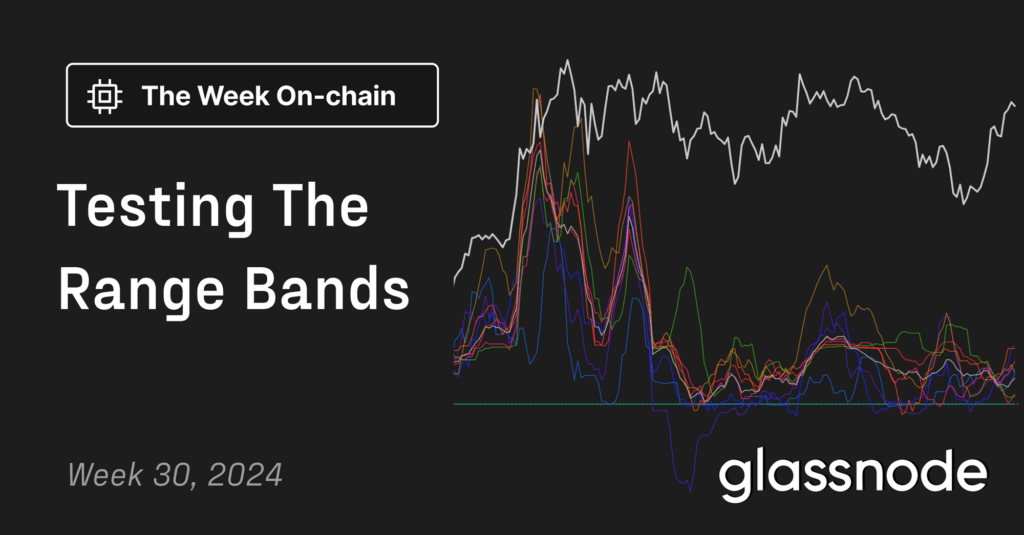Research Summary
This report explores the evolution of blockchain technology, focusing on the development of parallel execution methods to enhance transaction processing efficiency and scalability. It provides an overview of upcoming layer 1 blockchains that enable parallel execution and establishes a classification framework for future analysis. The report also discusses the various methods of achieving parallel execution, including state access/optimistic, sharding, and computation-based parallel execution, and highlights the pioneering work of platforms like Solana, Sui, Fuel, Aptos, Monad, Shardeum, Linera, Quai Network, and Kindelia.
Key Takeaways
Parallel Execution in Blockchains
- Importance of Parallel Execution: Parallel execution allows for processing multiple transactions simultaneously, thereby increasing efficiency and scalability in blockchain networks.
- Implementation Challenges: Implementing parallel execution involves identifying unrelated transactions and managing access to blockchain data, which can be complex.
- Methods of Parallel Execution: The report identifies three methods of achieving parallel execution: state access/optimistic, sharding, and computation-based parallel execution.
Notable Platforms Implementing Parallel Execution
- Solana’s Unique Approach: Solana uses stateless programs and a unique method to manage transactions, amplifying scalability by determining which portions of the blockchain state can be accessed by specific operations.
- Monad’s Influence: Monad is the first EVM-compatible blockchain to introduce a parallelized architecture, influencing other platforms like Polygon and Binance Smart Chain to adopt similar strategies.
- Shardeum’s Dynamic State Sharding: Shardeum implements dynamic state sharding, enabling linear scalability and improved throughput, while maintaining Ethereum Virtual Machine (EVM) compatibility.
Emerging Paradigms in Parallel Execution
- Linera’s Multi-chain Protocol: Linera introduces user chains, public chains, and temporary chains in its multi-chain protocol to optimize resource allocation and improve scalability.
- Quai Network’s Dynamic and Interoperable Multi-chain Architecture: Quai Network implements a dynamic and interoperable multi-chain architecture with Proof-of-Work to enable transaction parallelization.
- Computation-based Parallel Execution: Computation-based parallel execution is an emerging paradigm that promotes robust and efficient parallel execution within a shared environment, with Kindelia representing the pinnacle of this approach.
Concerns with Parallel Execution
- Potential for Increased Centralization: Parallel execution could lead to increased centralization, which can undermine trustworthiness, security, and stability in blockchain networks.
- High Transaction Conflict Rates: Parallel execution could result in high transaction conflict rates, making the management of these rates crucial for ensuring the efficiency of parallel blockchains.
Actionable Insights
- Investigate the Potential of Parallel Execution: Given the potential of parallel execution to enhance efficiency and scalability in blockchain networks, it is worth exploring this technology further.
- Consider the Challenges: While parallel execution offers many benefits, it also presents challenges such as increased centralization and high transaction conflict rates. These issues need to be considered when developing or investing in parallel execution technologies.
- Monitor Emerging Paradigms: Keep an eye on emerging paradigms in parallel execution, such as computation-based parallel execution, as they could shape the future of blockchain technology.













